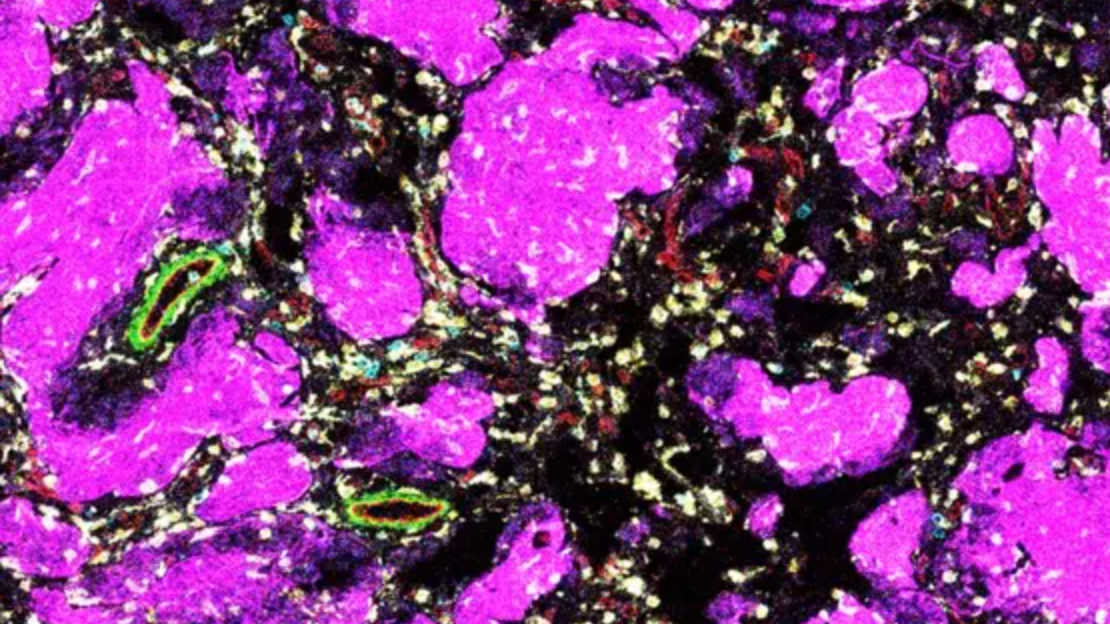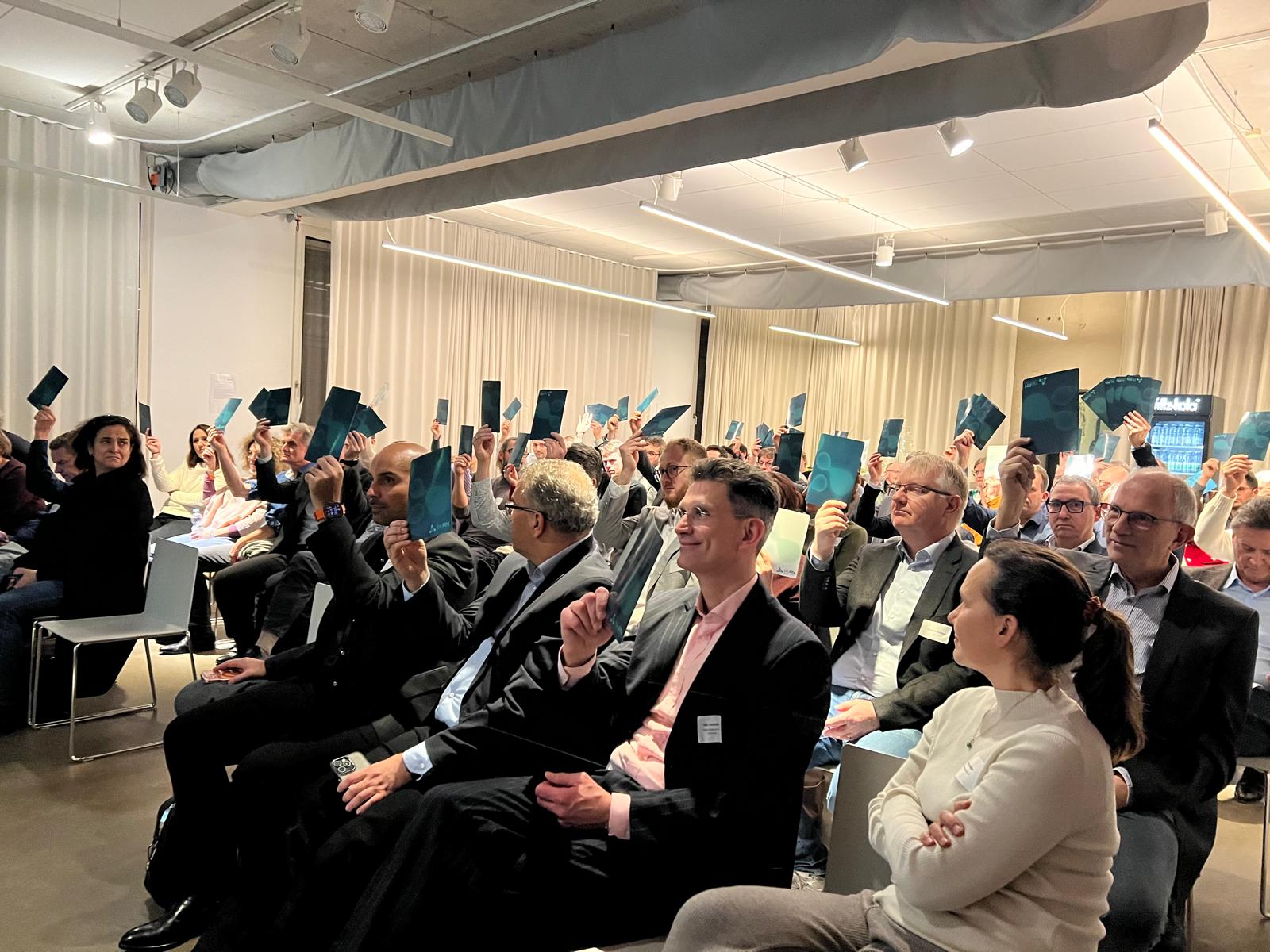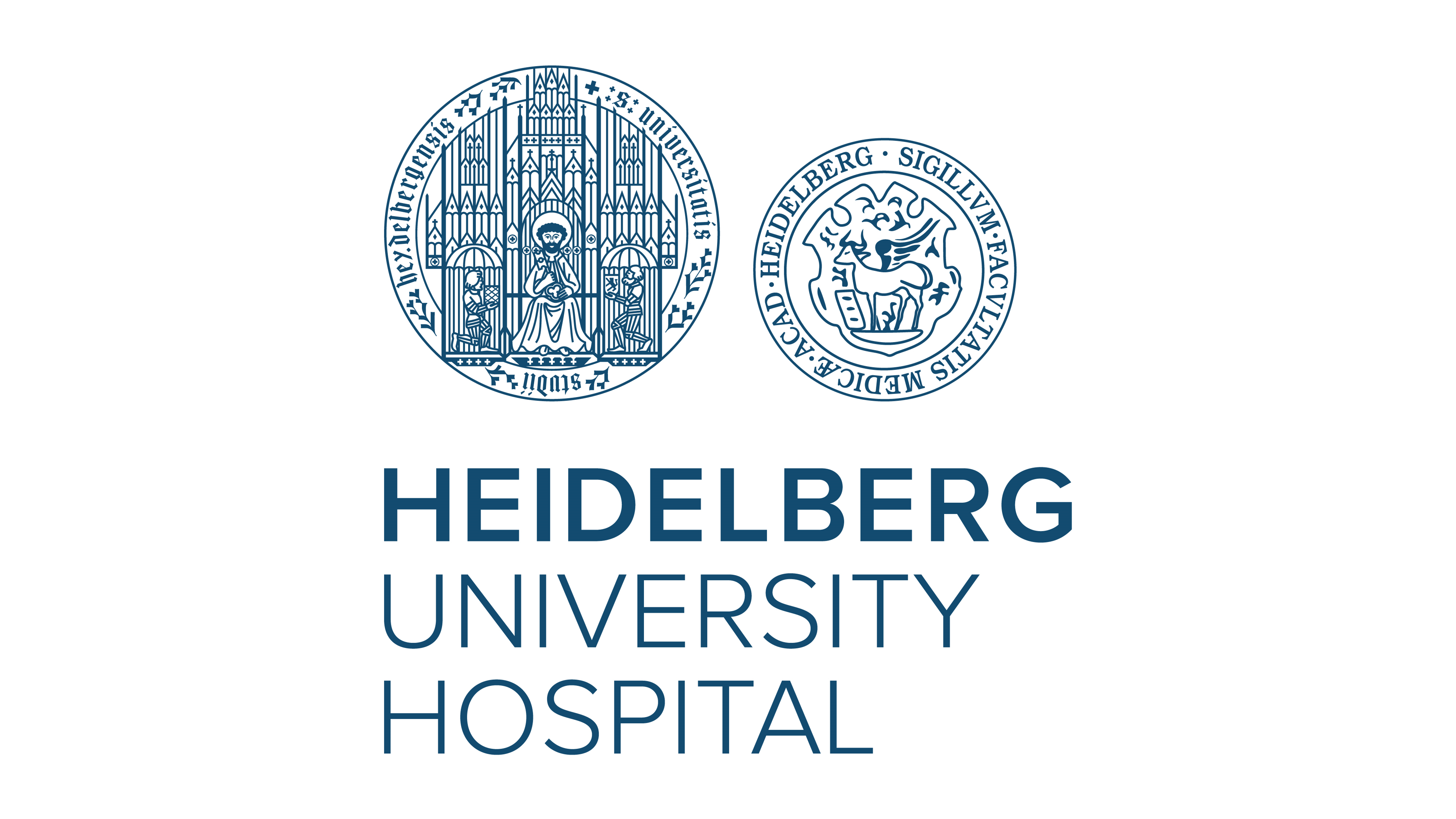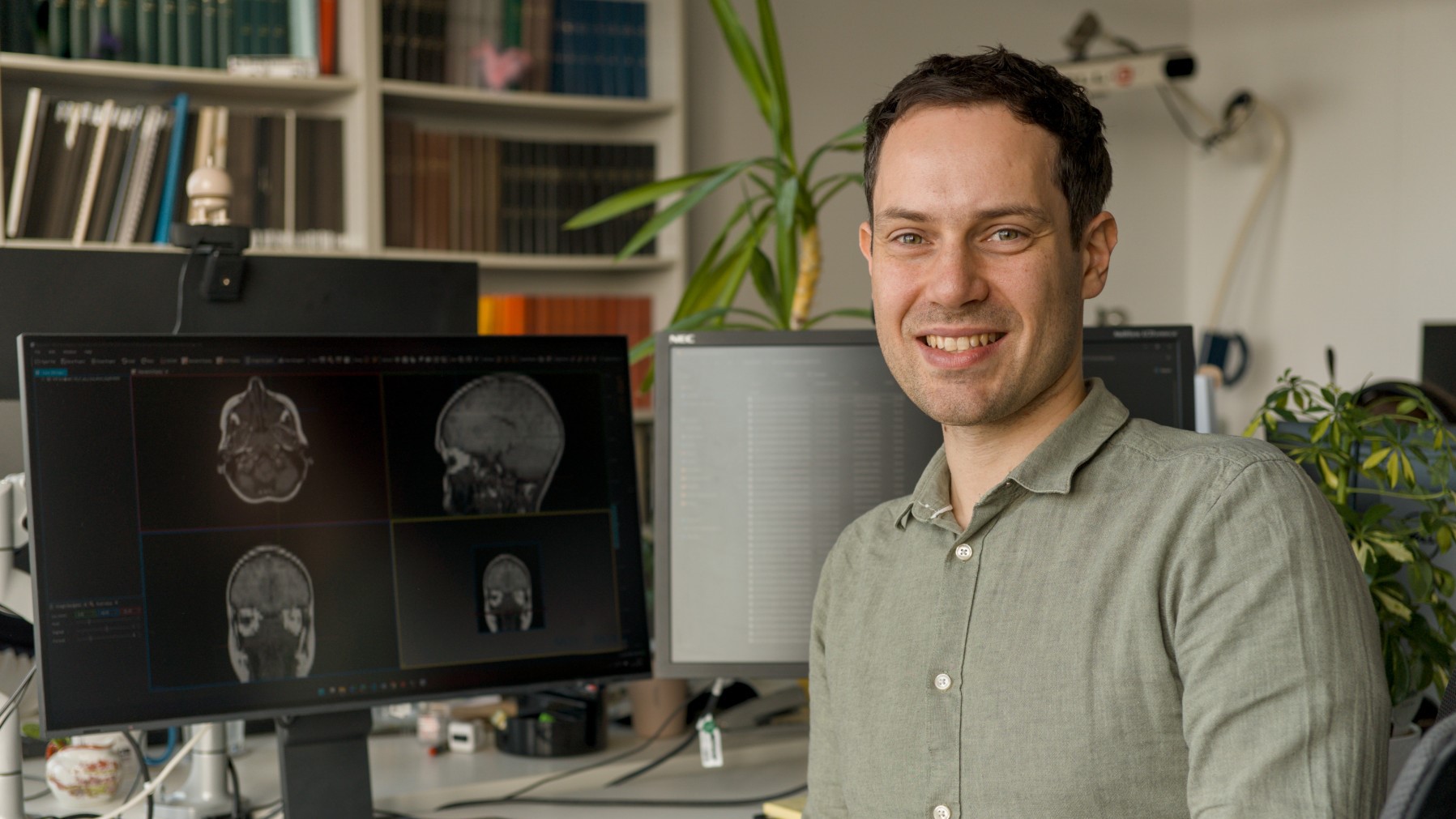In bad company: Immune cells in the tumor environment determine the success of therapy for childhood brain tumors

The cellular environment of a tumor can either support or sabotage recovery. The most comprehensive study to date on the tumor microenvironment in low-grade gliomas, conducted by the Hopp Children’s Cancer Center Heidelberg (KiTZ), Jena University Hospital, the German Cancer Research Center (DKFZ), and Heidelberg University Hospital, shows what a supportive or obstructive “neighborhood” looks like in childhood brain tumors. The study also provides clues as to how tumor communication might be blocked.
The Hopp Children’s Cancer Center Heidelberg (KiTZ) is a joint institution of the German Cancer Research Center (DKFZ), Heidelberg University Hospital (UKHD) and the University of Heidelberg (Uni HD).

Low-grade gliomas are the most common type of brain tumor in children—and at the same time, they are poorly understood. The tumors are usually benign, and young patients generally have a good survival rate. In some cases, however, the tumors continue to grow, leading to neurological impairments, and the children have to struggle with the effects of the tumors and treatment for the rest of their lives.
Why some tumors grow quickly or slowly, are easier or more difficult to control, and why relapses occur in some cases despite successful treatment depends not only on the cancer cells themselves, but also on the cells in the surrounding area. The tumor uses various tricks to manipulate the neighboring cells so that they form blood and lymph vessels that supply it, support the tumor tissue, or even influence the blood-brain barrier in such a way that drugs cannot penetrate it. At the same time, immune cells migrate in, suppressing the immune defense and protecting the tumor from attacks by other defense cells.
“This is highly complex, and until now it has been difficult to analyze the exact composition of the tumor microenvironment in low-grade gliomas in children in order to make predictions about the course of therapy,” explains Till Milde from the Hopp Children’s Cancer Center Heidelberg (KiTZ) and Heidelberg University Hospital (UKHD), who has been head of the Department of Pediatrics and Adolescent Medicine at Jena University Hospital since this year.
Together with Romain Sigaud from the Hopp Children’s Cancer Center Heidelberg (KiTZ), the University Hospital Jena, and the German Cancer Research Center (DKFZ), as well as other colleagues, including those from McGill University, Montreal, Canada, the research team has now succeeded in characterizing the “immune cell profile” of the tumor environment, which could also be suitable as a marker for prognosis in the future. The research team analyzed 120 tumor samples from children and adolescents using a relatively new technique called imaging mass cytometry. High-resolution microscopic imaging is combined with mass spectrometry to visualize many proteins in tissue samples with high spatial resolution.
A striking commonality in the tumor environment of the samples examined was the large number of so-called myeloid cells, a group of immune cells. The protein composition of these myeloid cells also suggests that they suppress the immune response in the tumor, preventing it from being attacked by the body’s own defenses. Children with a relapse showed a particularly characteristic “immune cell profile” in the tumor environment, which could be used as a marker in the future to identify high-risk patients. The composition of the tumor environment also varied depending on the region of the brain in which the tumor had occurred.
In addition, the researchers found particularly high concentrations of a specific receptor in the myeloid cells of the tumor environment, which is responsible for communication between cancer cells and the cells in their environment, as previous studies have suggested. “This is good news, because there are already clinical studies in which patients with solid tumors respond well to the blockade of this receptor,” says Till Milde. “We therefore hope that this therapy could also help children and adolescents with low-grade glioma and that the results of our work will enable us to develop further approaches to positively influence the tumor microenvironment.”
Original publication:
A. F. Andrade et al. Revealing MAPK-Activated Immune-Suppressive Myeloid Populations in Pediatric Low-1 Grade Gliomas Through Spatial Immune Mapping. Nature Immunology (Online-Publikation, 12th of September 2025) DOI: 10.1038/s41590-025-02268-7
An Image for this press release is available for download at:
https://www.kitz-heidelberg.de/fileadmin/media/KiTZ-HD/News/2025/250912_LGG_immune_cells_c_R.Sigaud.jpg
Caption:
Microscopic images of immune cells (blue and yellow) in the cellular environment of a low-grade glioma (pink), a common type of brain tumor in children.
Note on use of images related to press releases
Use is free of charge. The German Cancer Research Center (Deutsches Krebsforschungszentrum, DKFZ) permits one-time use in the context of reporting about the topic covered in the press release. Images have to be cited as follows: “Source: R. Sigaud/KiTZ”.
Distribution of images to third parties is not permitted unless prior consent has been obtained from DKFZ’s Press Office (phone: ++49-(0)6221 42 2854, E-mail: presse@dkfz.de). Any commercial use is prohibited.




